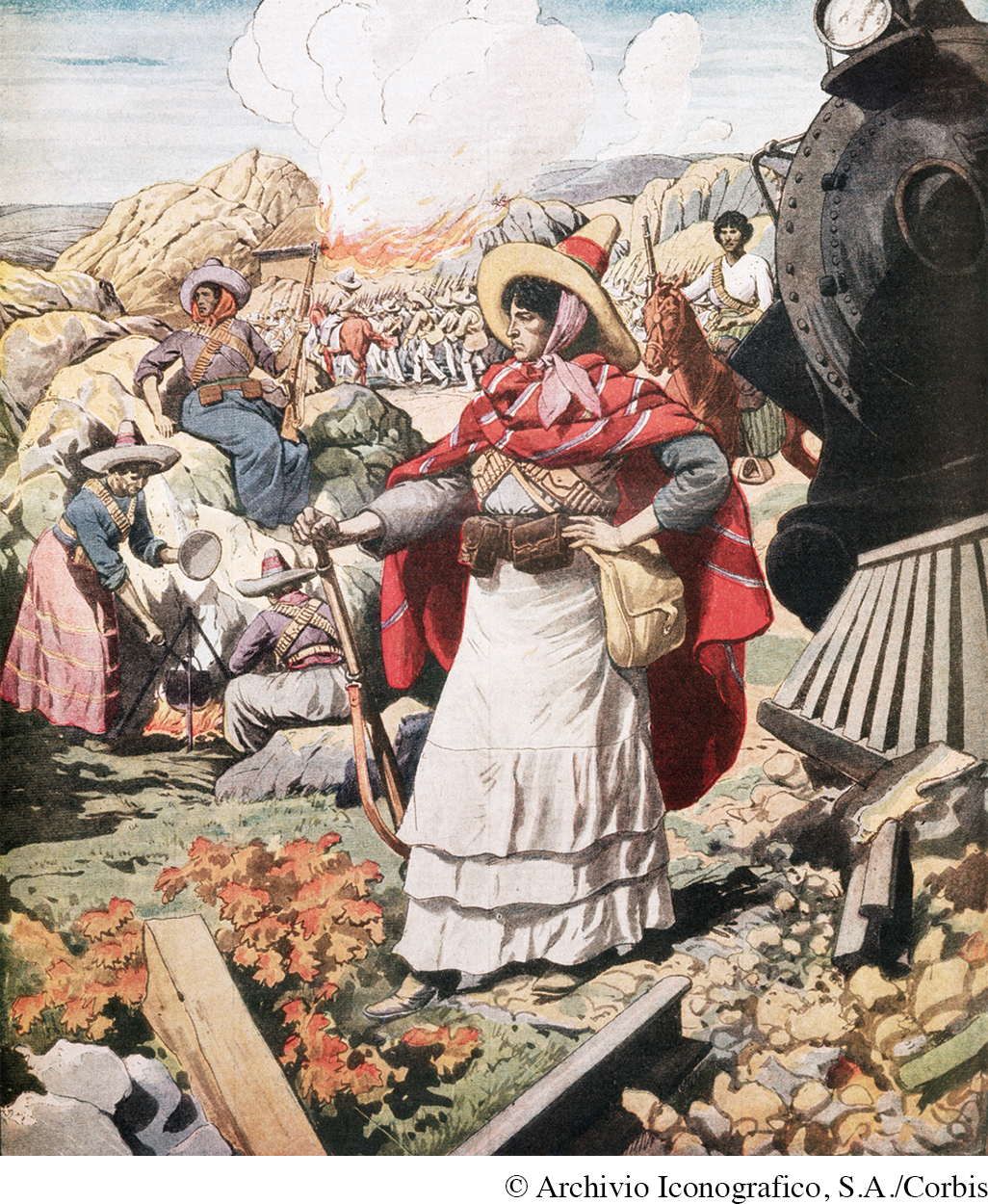Becoming like Europe?
To the economic elites of Latin America, intent on making their countries resemble Europe or the United States, all of this was progress. In some respects, they were surely right. Economies were growing, producing more than ever before. The population was also burgeoning; it increased from about 30 million in 1850 to more than 77 million in 1912 as public health measures (such as safe drinking water, inoculations, sewers, and campaigns to eliminate mosquitoes that carried yellow fever) brought down death rates.
Comparison
Did Latin America follow or diverge from the historical path of Europe during the nineteenth century?
Urbanization also proceeded rapidly. By the early twentieth century, wrote one scholar, “Latin American cities lost their colonial cobblestones, white-
To become more like Europe, Latin America sought to attract more Europeans. Because civilization, progress, and modernity apparently derived from Europe, many Latin American countries actively sought to increase their “white” populations by deliberately recruiting impoverished Europeans with the promise, mostly unfulfilled, of a new and prosperous life in the New World. Argentina received the largest wave of European immigrants (some 2.5 million between 1870 and 1915), mostly from Spain and Italy. Brazil and Uruguay likewise attracted substantial numbers of European newcomers.
Only a quite modest segment of Latin American society saw any great benefits from the export boom and all that followed from it. Upper-
A new but quite small segment of this vast lower class emerged among urban workers who labored in the railroads, ports, mines, and a few factories. They initially organized themselves in a variety of mutual aid societies, but by the end of the nineteenth century they were creating unions and engaging in strikes. To authoritarian governments interested in stability and progress, such activity was highly provocative and threatening, and they acted harshly to crush or repress unions and strikes. In 1906, the Mexican dictator Porfirio Díaz invited the Arizona Rangers to suppress a strike at Cananea, near the U.S. border, an action that resulted in dozens of deaths. The following year in the Chilean city of Iquique, more than 1,000 men, women, and children were slaughtered by police when nitrate miners protested their wages and working conditions.
The vast majority of the lower class lived in rural areas, where they suffered the most and benefited the least from the export boom. Government attacks on communal landholding and peasant indebtedness to wealthy landowners combined to push many farmers off their land or into remote and poor areas where they could barely make a living. Many wound up as dependent laborers or peons on the haciendas of the wealthy, where their wages were often too meager to support a family. Thus women and children, who had earlier remained at home to tend the family plot, were required to join their menfolk as field laborers. Many immigrant Italian farmworkers in Argentina and Brazil were unable to acquire their own farms, as they had expected, and so drifted into the growing cities or returned to Italy.

Although local protests and violence were frequent, only in Mexico did these vast inequalities erupt into a nationwide revolution. There, in the early twentieth century, middle-
Perhaps the most significant outcome of the export boom lay in what did not happen, for nowhere in Latin America did it jump-
Instead of its own Industrial Revolution, Latin Americans developed a form of economic growth that was largely financed by capital from abroad and dependent on European and North American prosperity and decisions. Brazil experienced this kind of dependence when its booming rubber industry suddenly collapsed in 1910–
Later critics saw this “dependent development” as a new form of colonialism, expressed in the power exercised by foreign investors. The influence of the U.S.-owned United Fruit Company in Central America was a case in point. Allied with large landowners and compliant politicians, the company pressured the governments of these “banana republics” to maintain conditions favorable to U.S. business. This indirect or behind-
Thus, despite Latin America’s domination by people of European descent and its close ties to the industrializing countries of the Atlantic world, that region’s historical trajectory in the nineteenth century diverged considerably from that of Europe and North America.